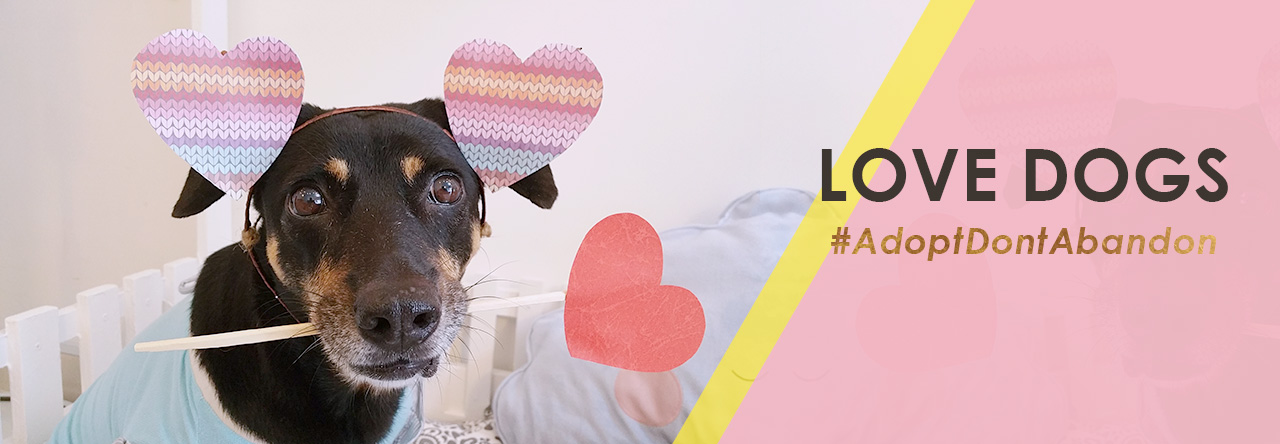
Sunset, Warorot Market, Chiang Mai, Thailand
Before we went on a short trip out of the country recently, I wrote a 5-page Donna manual that I emailed to the dog-sitter. It was not so much I had time on my hands (which I had), but more because I didn’t understand how the dog sitter can take on our dog with minimal communication before hand. I mean life would be so much easier if our dog came to our house with a manual, but she didn’t and we sort of figure out things along the way. And from there, we established rules and limitations that will help us live in peace in the house as well as coexist harmoniously with our neighbours and the community in general.
By the time, we arrived at the dog sitter, I started to think that maybe the manual was pointless because Donna had started to react in the same way as she had experienced in the past — excitement and jumping up at the dog sitter whom she already knew from her days in the shelter. (I do discourage jumping with Donna because I do want to have kids. Donna does have a great patience for children but it will not do to have her jumping on babies or toddlers even if she meant no harm and only meant to express her joy at seeing them.) At least we knew she would be in good hands, and she was jubilant, so good for her.
Anyway, back to the 5-page manual which included what Donna was not supposed to do, like get up on the furniture. The other item was that the dog sitter was not to play tug with her. At that point in time I had not made up my mind about tug. The shelter did advise that if we were to play, we should win all the time otherwise some dogs may become aggressive. A lady in the dog park with a beagle told me that she used to win at tug all the time until the beagle quit playing tug altogether. A webpage advised that we should quit playing tug when the dog starts to growl. Another webpage said that it is normal for dogs to growl while playing tug and that a tug growl is different from an aggressive growl. With so many pieces of advice floating around, of course I was all confused. I eventually decided, let’s just not play tug all together, particularly since Donna has this awful habit of snapping at her toy, which had once ended up with a cut and blood on Mr P’s hand.
I first learnt about positive reinforcement when I stumbled on Kikopup’s dog training videos on Youtube. But I had not seen this one teaching you how to get the dog to play tug safely until this week via Ahimsa Dog Training’s Rules for Playing Tug with your Dog. I really like how she explains you can play tug not only safely for yourself but also safely so that you don’t hurt your dog’s neck.
See video
I thought that this is something we can work on with Donna because a game of tug is probably her favourite thing in the world after walks and food perhaps. And why deprive her her fun if we can make the play work for both dog and human.
Once we started trying out Kikopup’s method, Donna became too interested in food and decided she didn’t want to play tug anymore. Game stops. Treat stops. Human went back to study.
After two attempts, Donna clued in that if she took it and played tug and then drop it, she gets a treat yippee! So she went at it with 100% participation points, i.e. she jumped and tugged the rope even when the rope was not presented to her. This only meant that the snapping problem was not resolved and has resurfaced again, so we have to make sure she doesn’t get the rope since that means she gets rewarded with playing tug for the snapping behaviour.
The good thing is, she dropped the rope the minute the treat was presented, so we just have to go through enough iterations and hopefully she will be able to drop it on command, vs escalating arousal during the tug game and playing roughly. But first, I think I’m gonna need a long toy like in the video so that my fingers are safe!

























